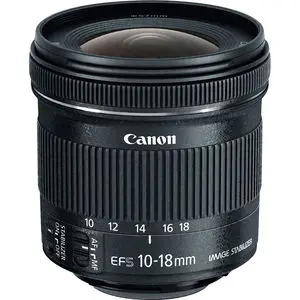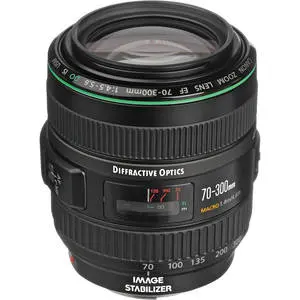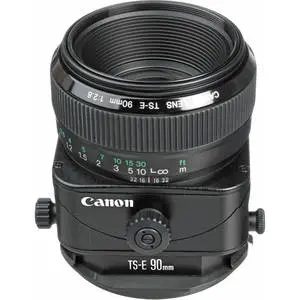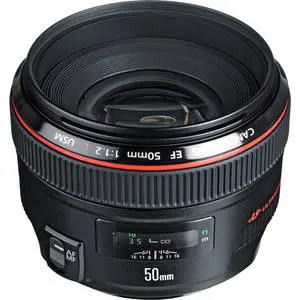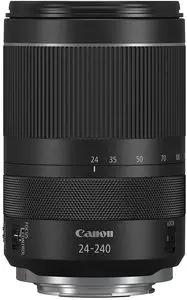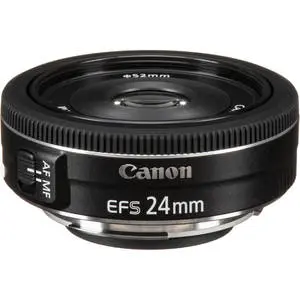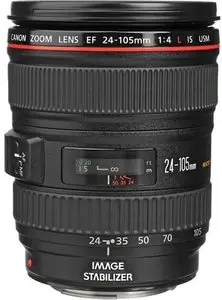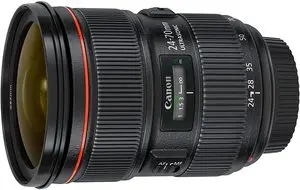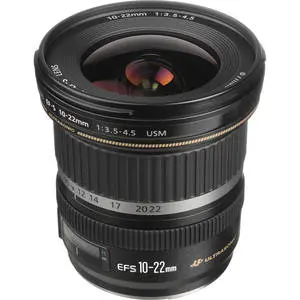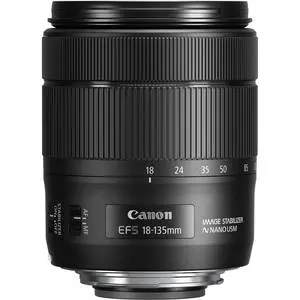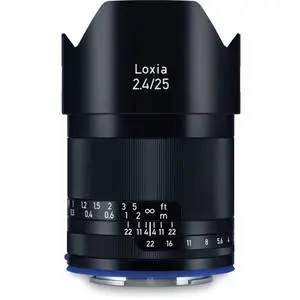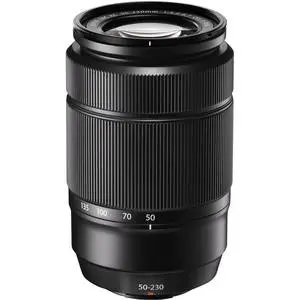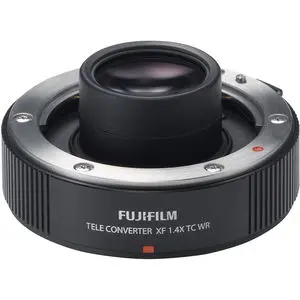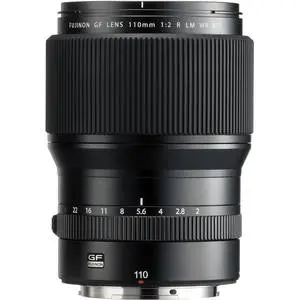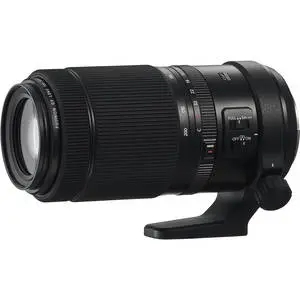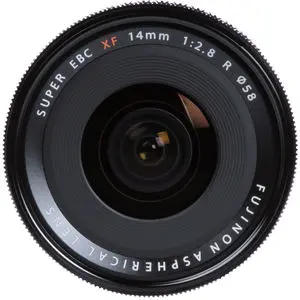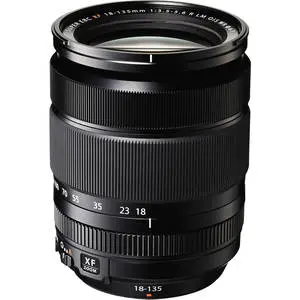Camera Lenses
Are you on the hunt for the perfect camera lens? Look no further than Australia's largest and best online range of camera lenses available at unbeatable prices! Whether you're a professional photographer or a hobbyist, the right lens can make all the difference in capturing that perfect shot. With our vast selection of lenses, you're sure to find the one that fits your unique needs and budget. Say goodbye to the hassle of shopping in-store and browse our ultimate collection of camera lenses from the comfort of your own home. Get ready to take your photography skills to the next level with a new camera lens from our online store.



